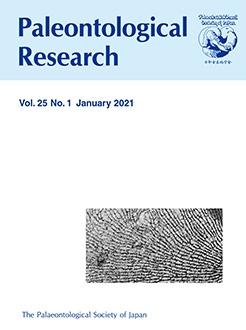BioOne.org will be down briefly for maintenance on 13 August 2025 between 18:00-21:00 Pacific Time US. We apologize for any inconvenience.

Late Ordovician (Katian) Graptolites and Shelly Fauna from the Phu Ngu Formation, North-East Vietnam
